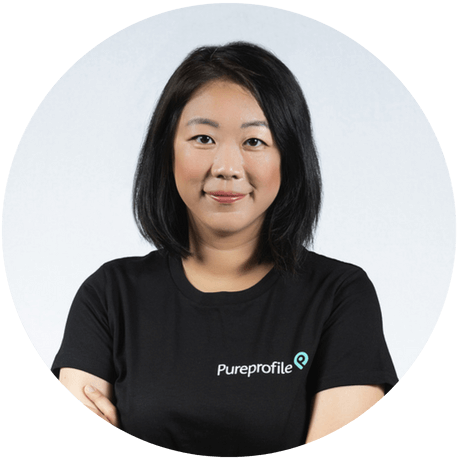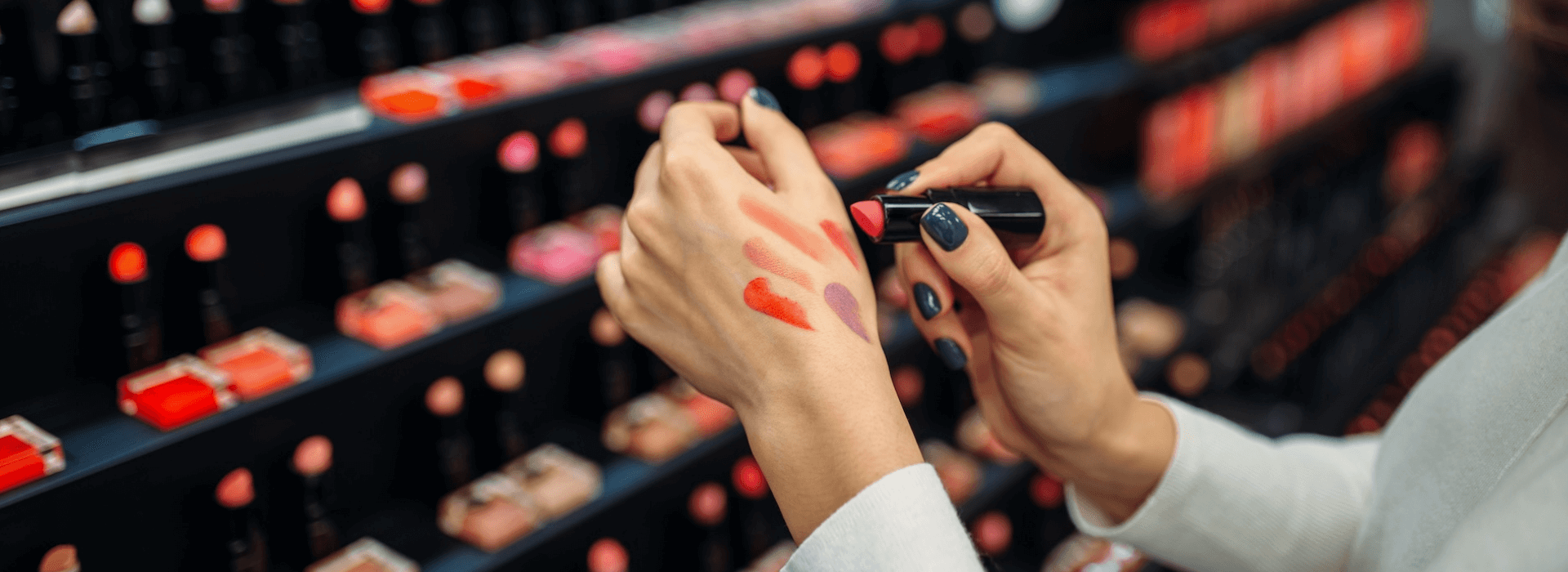Originally published: RetailBiz, 10 September 2025
By Mellyza Tanoto, General Manager (Data & Insights) ANZ
The beauty counter has long been ruled by the three P’s: price, prestige and packaging. For years, those signals defined what consumers aspired to, with luxury brands using premium price tags and polished design to convey quality and exclusivity.
But in 2025, those markers are no longer enough. Today’s beauty shoppers (particularly Gen Z) are rewriting the rules, placing as much value on a fourth P: purpose. Ethics, transparency and sustainability have become status symbols in their own right, reshaping not just what makes a brand desirable, but what gives it credibility in the eyes of consumers.
Being luxe is no longer enough
Our study of 500 Australian women, conducted using the Datarubico Insights Creator, shows that beauty consumers are primarily driven by price, with a strong “value hunter” mentality. The study showed that price and affordability was the top purchase driver for consumers (71%), even ahead of skin compatibility (63%), while brand and reputation (42%) carried less weight.
Yet this price sensitivity doesn’t mean shoppers ignore values. The rise of “clean beauty” and “conscious skincare” reflects a growing expectation that products should align with ethical and sustainable standards. Our study found that 37% of consumers now consider clean or non-toxic formulations important, which mirrors the broader surge in demand for natural and organic products.
This balance between cost and conscience is echoed in wider consumer behaviour. The IAB and Pureprofile’s Commerce Report 2025 found that two-thirds of shoppers (67%) are willing to pay more for products with better durability or craftsmanship. At the same time, social media conversations highlight ongoing unease with ultra-low-cost retailers like Temu and Shein, not just about quality, but about whether their business practices can be trusted. This points to a consumer who is highly price-aware, but increasingly unwilling to trade away ethics, transparency or quality for a lower cost.
The retail opportunity: curate for values
Interestingly, beauty shoppers don’t show a preference for local brands. In our survey, more than half reported using a mix of local and international skincare brands (notably from the US, Korea and France). This indicates that Australian beauty shoppers are no longer swayed by “local” alone; they want to see proof of values in action. This is where retailers and brands have a clear opportunity to stand out.
Certifications, transparent sourcing and clear labelling all serve as trust signals, helping consumers quickly identify which products align with their priorities. For brands, it means moving beyond origin stories and highlighting the tangible choices they’re making around ingredients, production and sustainability.
Retailers can play a powerful role in curating this landscape in the beauty aisles. Dedicated “sustainability shelves” or “ethical edit” displays make it easier for shoppers to discover products that match their values, while digital tools like QR codes can provide instant access to information about a brand’s mission, sourcing or environmental impact.
Discovery goes social, but TikTok still not king
The way people discover and buy beauty products has been reshaped by social media, AI and personalisation. Among Gen Z (18–27), discovery is increasingly digital, with 64% find new products via TikTok, more than double the national average of 26%.
But for beauty shoppers overall, traditional channels still hold sway. In-store displays and testers (52%) remain the most influential, followed by word-of-mouth recommendations (42%), while brand advertising across TV, online and social (36%) plays a smaller role in sparking discovery.
When it comes to influence, values matter more than celebrity. Just 15% of respondents said they were swayed by influencer endorsements. Supporting this, the Commerce Report 2025 data shows that 39% of Australians who purchase through influencer content say authenticity and transparency about sponsorships are what drive trust.
The power of in-store also highlights the role of trial and tactile trust. Retailers such as Mecca, Sephora and MAC have invested significantly in enabling customers to try on beauty products in store as well as book professional makeovers, with Mecca recently opening their megastore on Melbourne’s Bourke Street. Other chains, including Chemist Warehouse and W Cosmetics, as well as beauty departments in Myer and David Jones, also ensure products are available for testing.
Today’s beauty consumer isn’t just asking, “Does it work?” They’re asking, “What does this brand stand for?” The beauty market is no longer about selling products but about selling principles. Shoppers still want results, but they also expect proof of impact, from ingredient sourcing to packaging waste.
Retailers have a powerful role to play in amplifying the voices of brands that are doing good, not just looking good. Those who don’t make their values visible and verifiable risk becoming irrelevant, no matter how glamorous their branding.
Also published here on business.pureprofile.com

Mellyza Tanoto
Mellyza Tanoto is the General Manager (Data & Insights) – ANZ, where she leads the ANZ team in delivering innovative, data-driven solutions to clients.
With over nine years at Pureprofile and 16 years in the market research industry, Mellyza brings extensive experience in sales strategy, client partnerships, and insights delivery.

